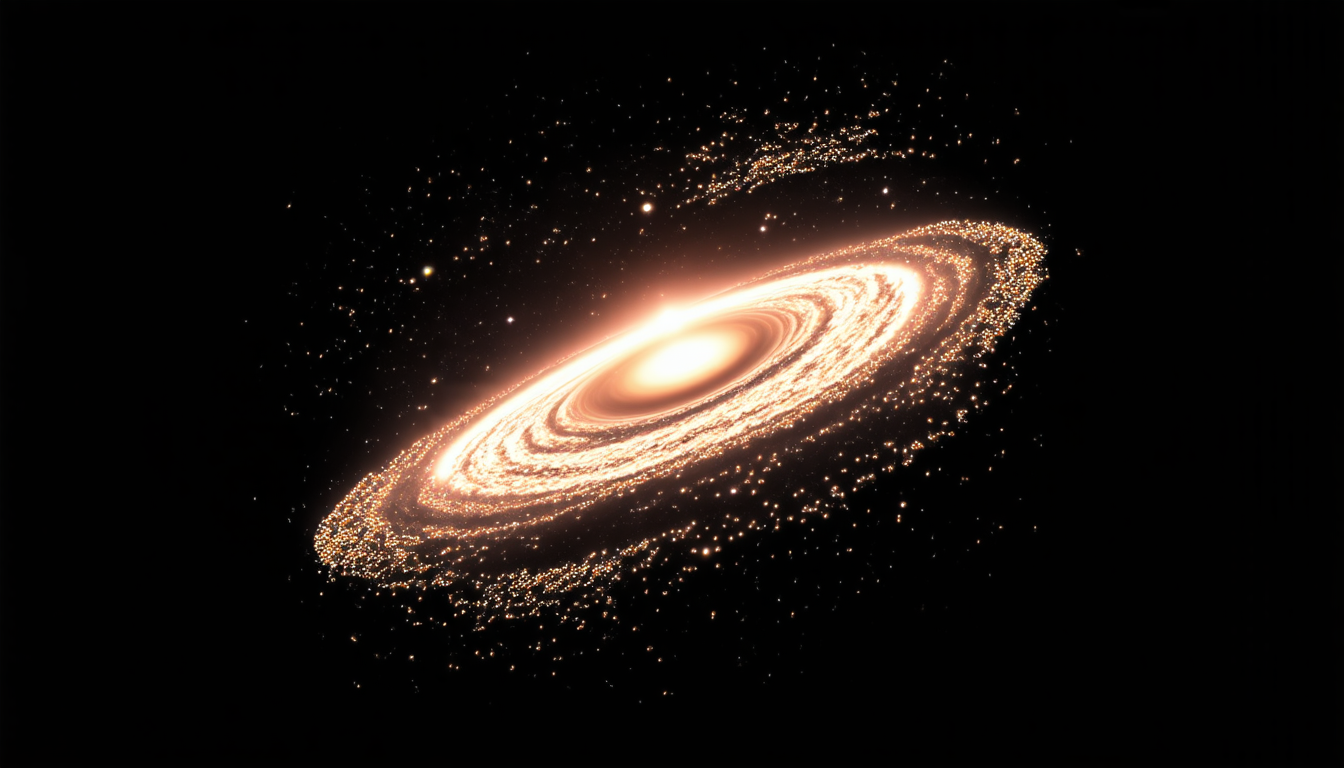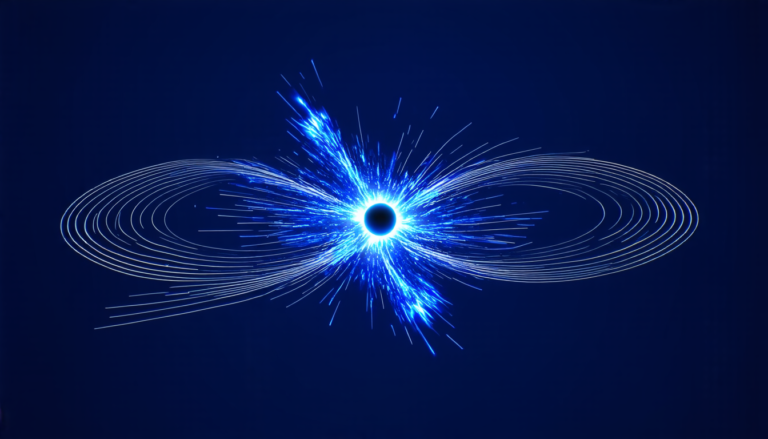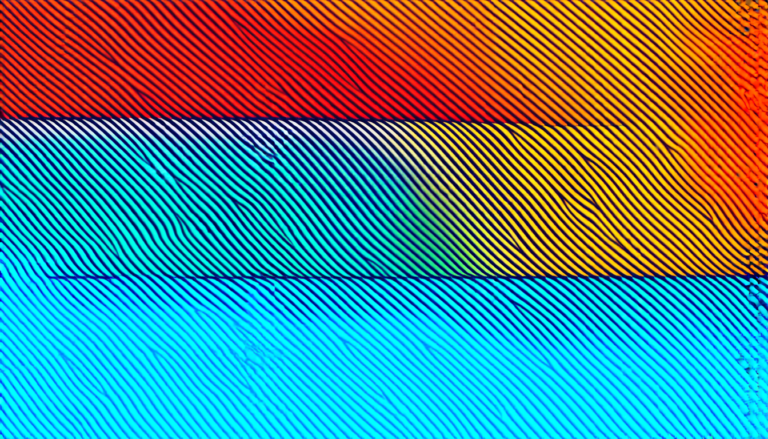Tuesday 20 May 2025
The young star HD 106906 has long been a source of fascination for astronomers, thanks to its impressive debris disk and potential for harboring exoplanets. Now, a new study using NASA’s James Webb Space Telescope (JWST) has shed new light on the disk’s structure and composition.
Located about 300 light-years from Earth, HD 106906 is a binary star system that’s around 13 million years old – relatively young in cosmic terms. Its debris disk is a swirling cloud of dust and gas, likely formed from the remains of planets that once orbited the stars. The disk stretches out for hundreds of AU (astronomical units), making it one of the largest known.
Previous observations have hinted at the presence of large grains and possibly even small, rocky bodies within the disk. However, these findings were limited by the resolution and wavelength range of older telescopes. JWST’s MIRI instrument, with its unparalleled sensitivity and spatial resolution, has allowed scientists to peer deeper into the disk than ever before.
The new study analyzed MIRI data taken in two filters – F1140C (around 11.3 microns) and F1550C (around 15.5 microns). By comparing these images with simulations of different disk models, researchers were able to pinpoint the best fit for HD 106906’s debris disk.
The results suggest that the disk is comprised of two main components: a central region with a higher density of small grains and a larger outer region filled with larger particles. This structure implies that the disk may be shaped by the gravitational influence of an unseen planet or planets, which would help explain why some disks are so large and irregular.
Further analysis revealed that the disk’s temperature is quite uniform, ranging from 40 to 130 Kelvin (-233°C to -143°C). This suggests that the grains within the disk are relatively small, around 0.45-10 microns in size. For comparison, the width of a human hair is roughly 70 microns.
The study also touched on the composition of the disk’s grains, which may include silicate and graphite materials. These findings could provide valuable insights into how planets form and evolve over time.
HD 106906’s debris disk offers a unique window into the early days of planetary formation and the potential for hosting exoplanets. As JWST continues to explore the universe, scientists will undoubtedly uncover more secrets about this fascinating system and others like it.
Cite this article: “Unveiling the Secrets of HD 106906s Enigmatic Debris Disk”, The Science Archive, 2025.
Hd 106906, Debris Disk, James Webb Space Telescope, Miri Instrument, Exoplanets, Planetary Formation, Binary Star System, Dust And Gas, Rocky Bodies, Small Grains







